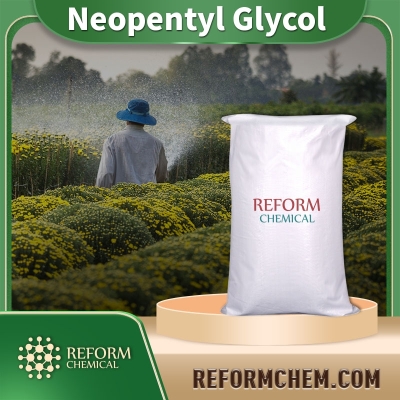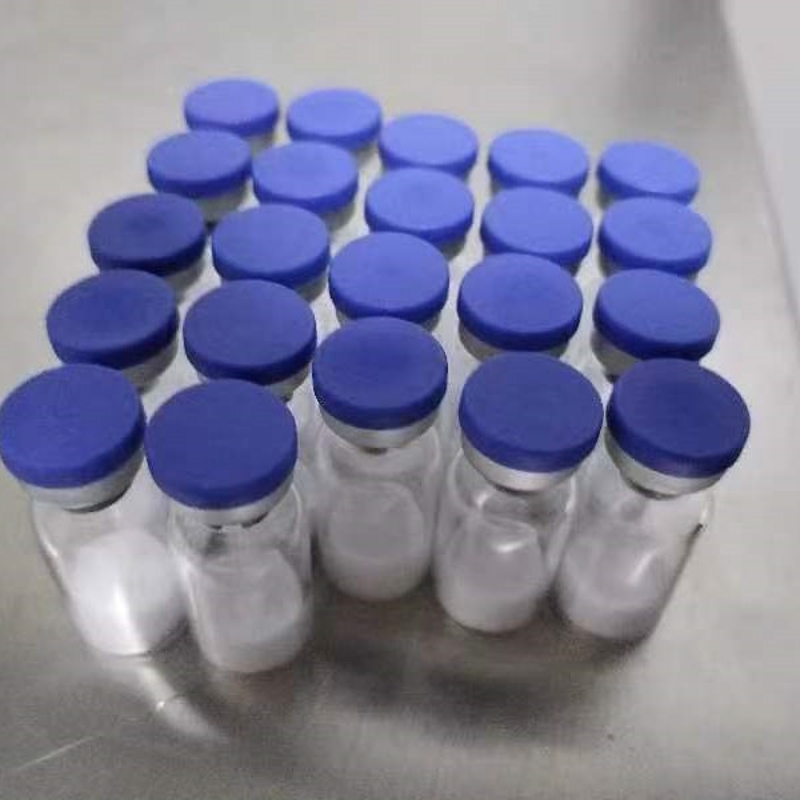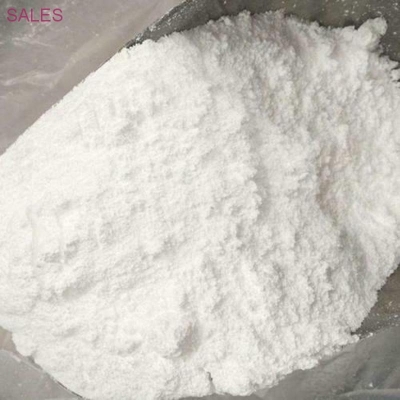New drug application for Aer Jian eye drug abicipar pegol accepted by FDA
-
Last Update: 2020-06-08
-
Source: Internet
-
Author: User
Search more information of high quality chemicals, good prices and reliable suppliers, visit
www.echemi.com
recently, Allergan and partner Molecular Partners jointly announced that
thenew drug(http://application for the treatment of new blood vessels (wet) age-related macular degeneration (nAMD) by the http:// drug(http://) has been accepted by the U.SFood and Drug Administration (
FDA(http://and is expected to be reviewed in mid-2020About abicipar
abicipar is an angiogenesis drug based on DARPin technology developed for treatment of nAMD and DMEabicipar is an antagonist for vascular endothelial growth factor A (VEGF-A), which can effectively inhibit all relevant subtypes of VEGF-AAbicipar combines small size, high-potency, long half-life characteristics in glass body to provide lower injection frequencies (current standard nursing therapy compared to Lucentis) and higher vision gainBLA and MAA based on data from two head-to-head Phase III clinical studies (SEQUOIA, CEDAR), the results support the non-poor efficacy of abicipar's quarterly administration compared to roche/Novartis Lucentis (ranibizumab, Renizumab) monthly, which reduced the number of injections in the first year by more than 50% (6 vs 13)The SEQUOIA study and CEDAR studies compared the efficacy and safety of abicipar and ranibizumab in patients with previously untreated (initial treatment) nAMD results confirmed that, in week 52, abicipar 8 weeks (Q8) and 12 weeks (Q12) fixed interval treatment plan and ranibizumab 4 weeks (RQ4) interval administration treatment in stable vision (best corrective vision (BCVA) compared to the baseline vision loss of 15 letters) achieved the main end point of non-adverse effect Abicipar injection 6 needles (Q12) and 8 injections (Q8) have similar results with ranibizumab injection s13 (RQ4 programme) treatment for one year: SEQUOIA study, Q8, Q12, R The proportion of patients with stable vision in qQ4 group was 94.8%, 91.3% and 96.0%, respectively, and in CEDAR study, the proportion of patients with stable vision in Q8 group, Q12 group and RQ 4 group was 91.7%, 91.2% and 95.5%, respectively In terms of safety
overall adverse reactions were similar in the three treatment groups, and the incidence of intra-eye inflammation was higher in the abicipar treatment group: SEQUOIA study, Q8 group, Q12 group, RQ4 group, the overall treatment-related adverse event incidence rate was 78.3%, 78%, 74%, and the incidence of intra-eye inflammatory events was 15.7%, 15.3% and 0.6%, respectively CEDAR study, Q8, Q12, RQ4 groups, the overall treatment-related adverse events were 73.7%, 81.1%, 73.2%, and intra-eye inflammation events were 15.1%, 15.4% and 0%, respectively
This article is an English version of an article which is originally in the Chinese language on echemi.com and is provided for information purposes only.
This website makes no representation or warranty of any kind, either expressed or implied, as to the accuracy, completeness ownership or reliability of
the article or any translations thereof. If you have any concerns or complaints relating to the article, please send an email, providing a detailed
description of the concern or complaint, to
service@echemi.com. A staff member will contact you within 5 working days. Once verified, infringing content
will be removed immediately.







